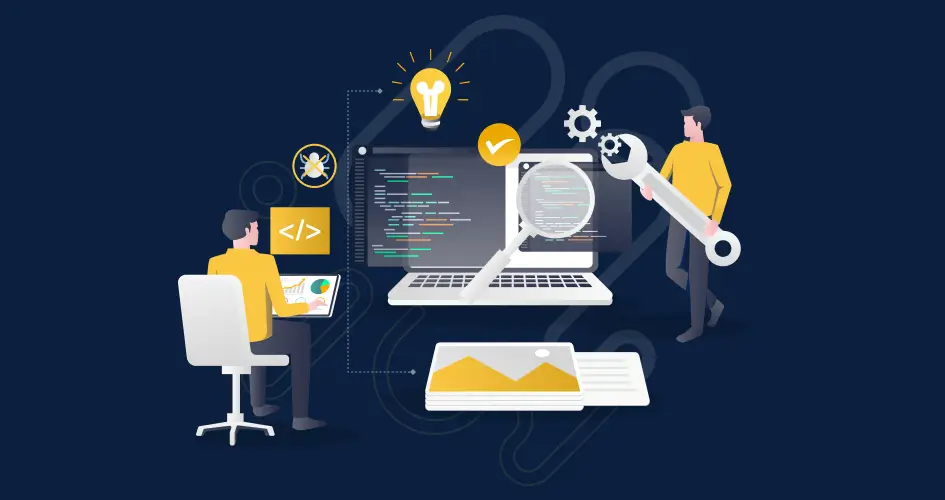Index Surge: Amplifying Your Insights
Stay updated with the latest trends and news across various industries.
When Code Becomes Poetry: Crafting Software with Style
Discover the art of coding as poetry! Learn to craft elegant software that sings with style and creativity. Join the revolution today!
The Art of Clean Code: How to Write Software Elegantly
The Art of Clean Code is an essential practice for any software developer who aspires to create code that is not only functional but also maintainable and readable. Clean code is characterized by its simplicity, clarity, and elegance, making it easier for developers to collaborate and modify the codebase over time. By adhering to principles such as meaningful naming conventions, proper organization, and thorough documentation, programmers can produce software that stands the test of time and reduces technical debt. Remember, clean code isn't just about making the current code better; it's about fostering a culture of quality and excellence in software development.
To master the art of clean code, developers should focus on a few key techniques:
- KISS (Keep It Simple, Stupid): Strive to keep your code straightforward and avoid unnecessary complexity.
- DRY (Don’t Repeat Yourself): Reduce redundancy by abstracting common functionality into reusable components.
- Comment Wisely: Use comments to explain the 'why' behind complex logic rather than reiterating what the code does.
- Refactor Regularly: Continuously improve your code to enhance readability and performance.
By implementing these strategies, you'll not only write software elegantly but also create a more enjoyable experience for yourself and your fellow developers.

From Syntax to Style: The Poetry of Programming
From Syntax to Style reflects the journey every programmer undertakes, navigating through the intricate language of code. Much like poetry, programming relies on a carefully constructed terminology where every line has significance, and every command holds weight. The rules of syntax provide a framework that allows developers to express their ideas with clarity and precision. Just as poets choose their words meticulously, programmers must select their syntax to convey complex algorithms and innovative solutions. Whether creating a simple script or developing an expansive software application, the attention to detail in writing code transforms it into an art form.
The beauty of programming lies not only in its syntax but in the individual style that each developer brings to their work. This style is evident in the choice of variables, the organization of functions, and even the way different languages allow for unique expressions of the same logic. In this sense, programming becomes a poetic endeavor where creativity meets technical expertise. As code evolves over time, embracing new practices and paradigms, it reflects the ongoing journey of growth and learning—much like the evolution of a poet's voice. Embracing these elements invites programmers to explore the artistic side of their craft and discover the harmony between syntax and style.
Is Coding an Art Form? Exploring the Intersection of Poetry and Software Development
When we think about art, the brush strokes of a painting or the notes of a symphony often come to mind. However, the world of coding offers a different yet equally expressive form of creativity. Just as a poet carefully selects words to evoke emotions and paint imagery, a software developer crafts code to create functional and aesthetic digital experiences. The beauty in coding lies not merely in solving complex problems but in the elegance and clarity of the code itself. Each line can be viewed as a verse, and every algorithm can have the rhythm and flow of a well-composed poem, merging logic with aesthetic flair.
Furthermore, the intersection of poetry and software development reveals deeper connections between the two disciplines. Both require a profound understanding of structure and form. In poetry, meter and rhyme create a cohesive flow, while in coding, syntax and semantics govern functionality and readability. As coding evolves, more developers are embracing the artistic side of programming, considering not just how to make their code work, but how to make it beautiful. In this respect, coding transcends its utilitarian roots, stepping into the realm of art where programmers can express themselves and innovate in ways that inspire others.